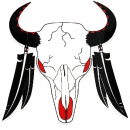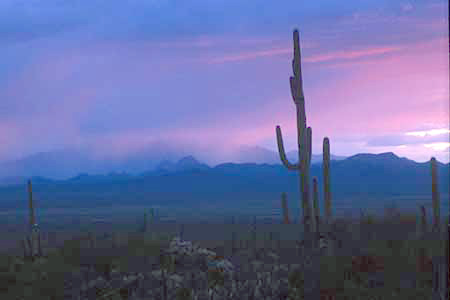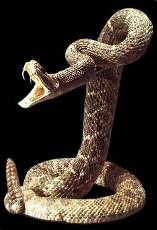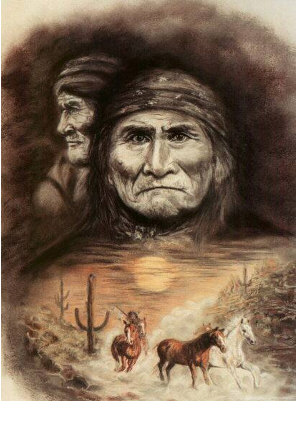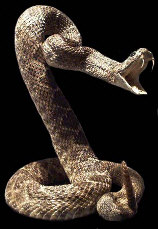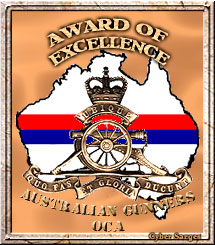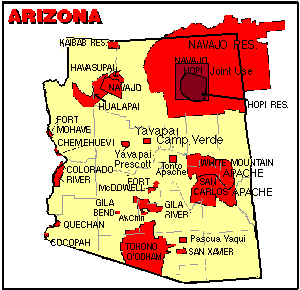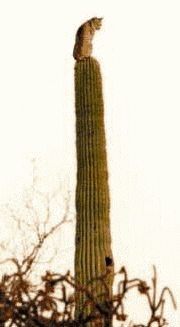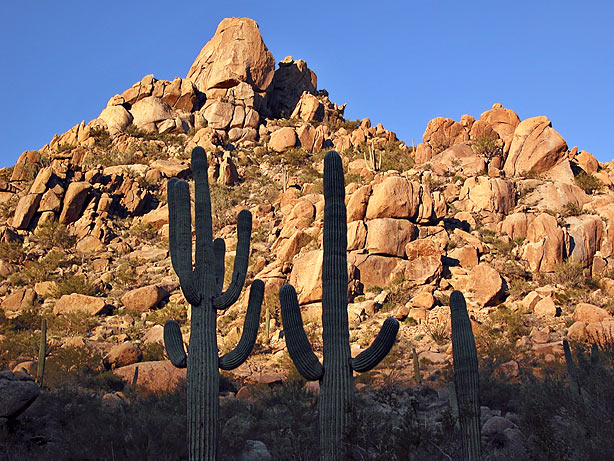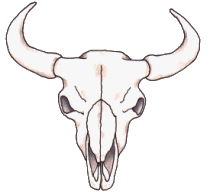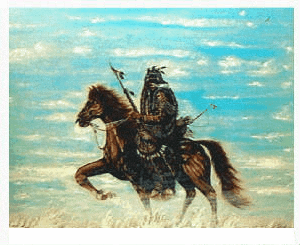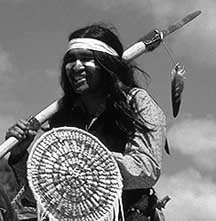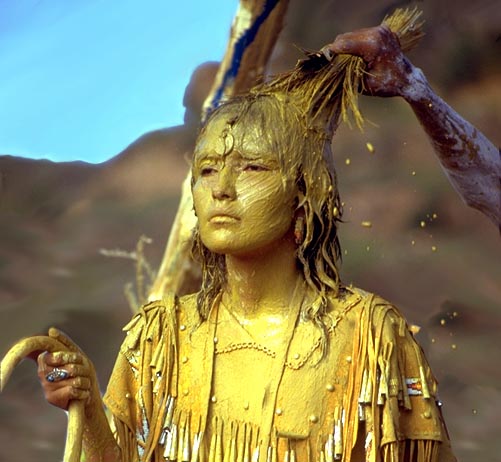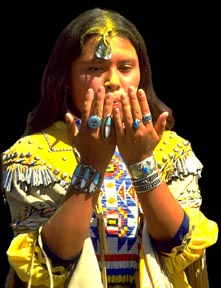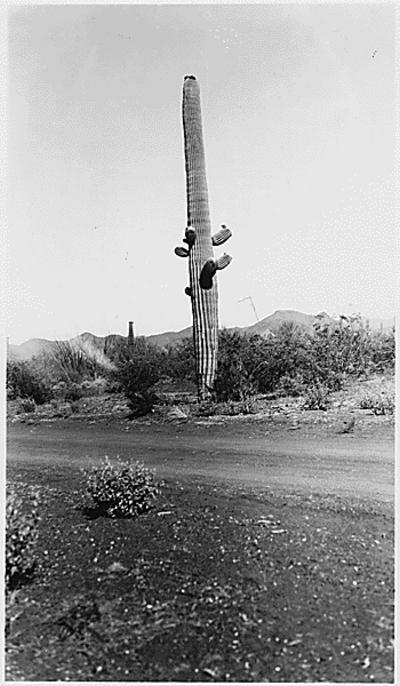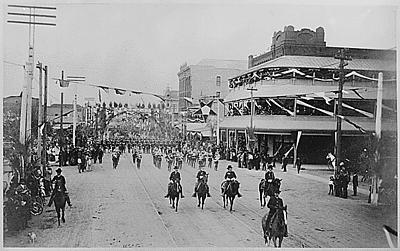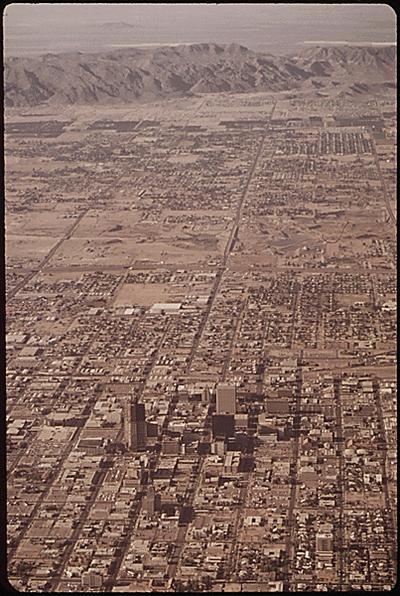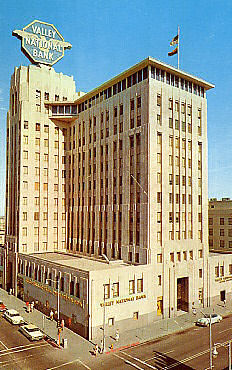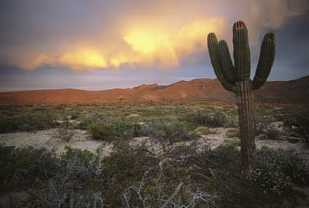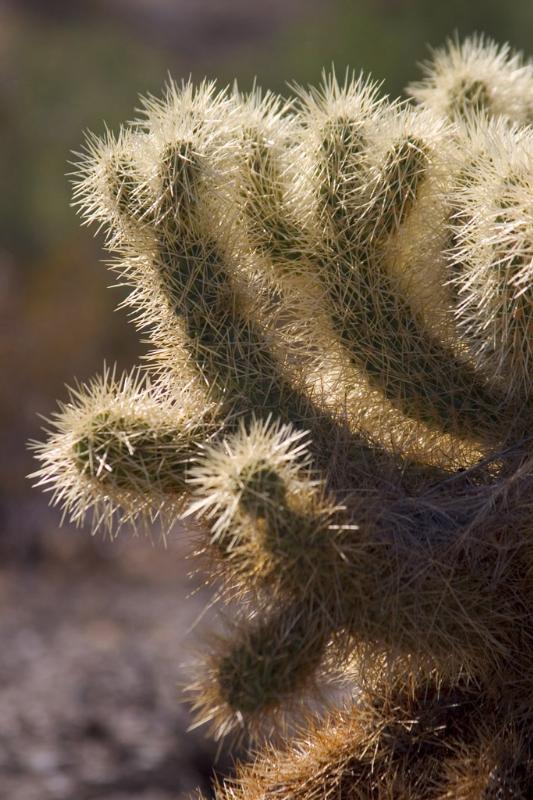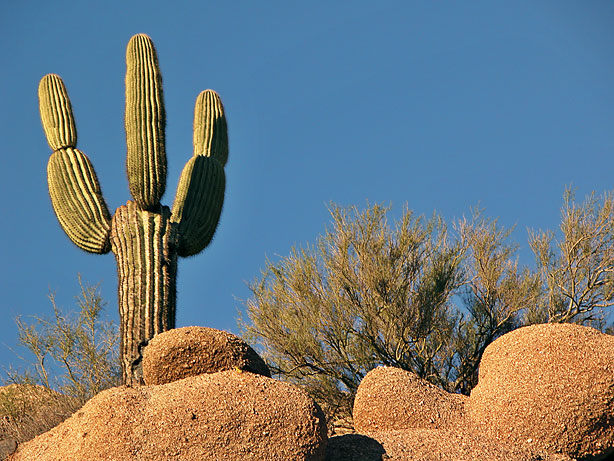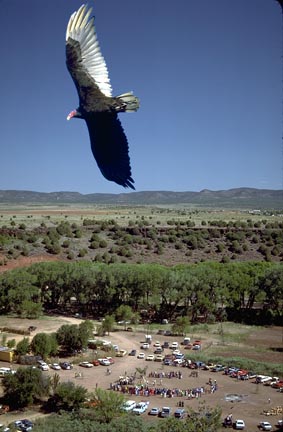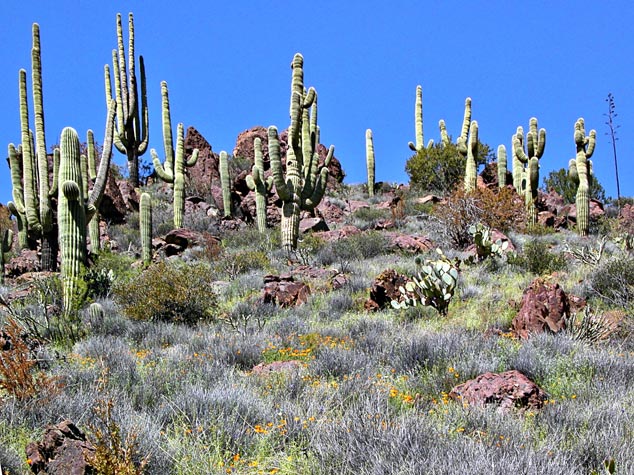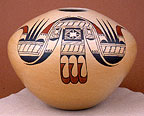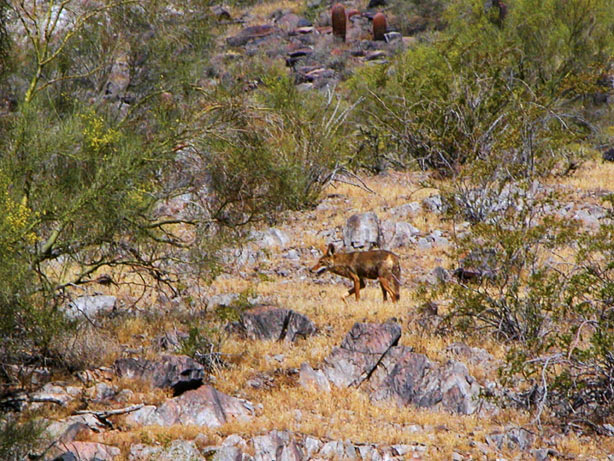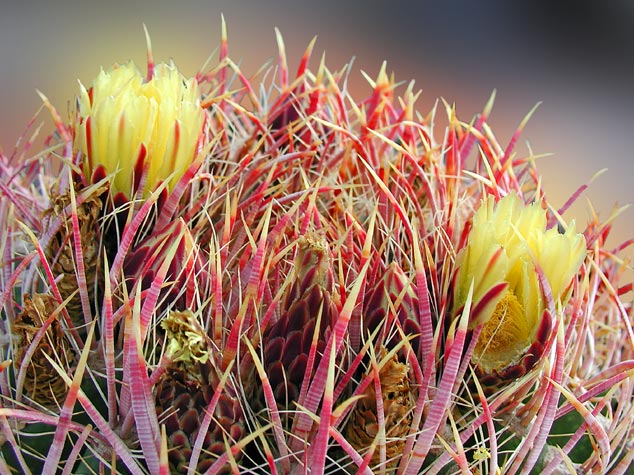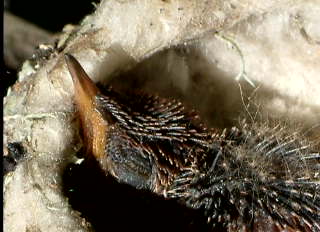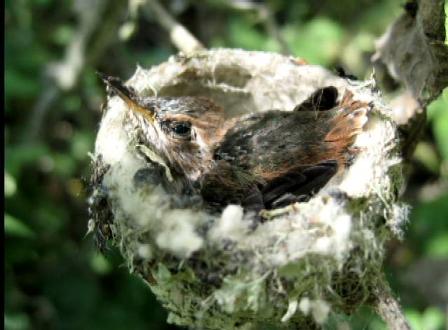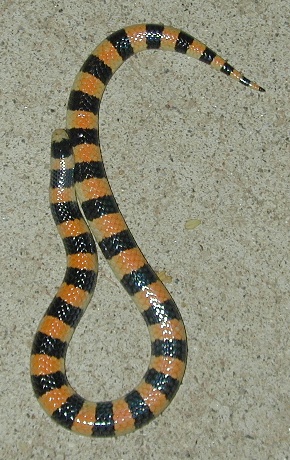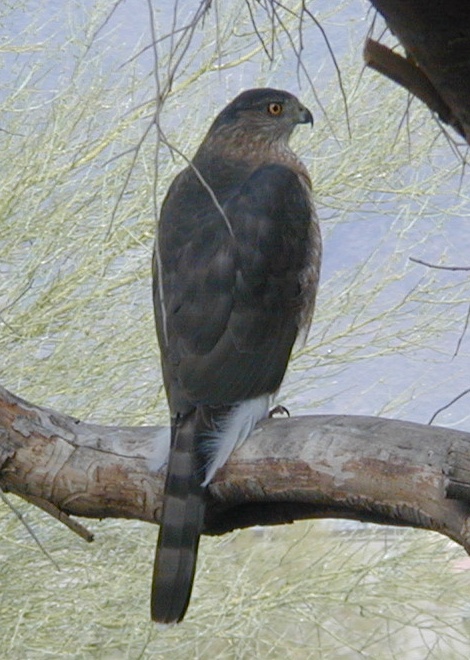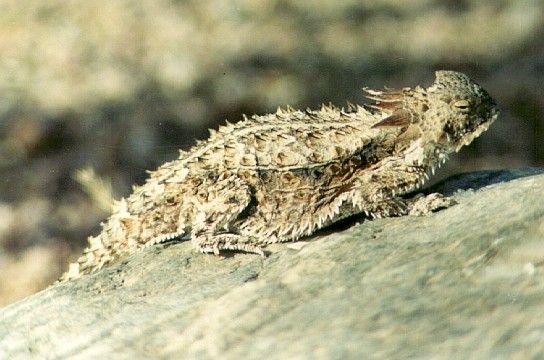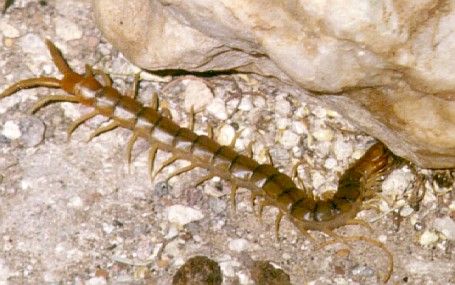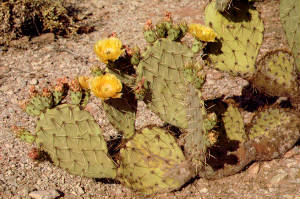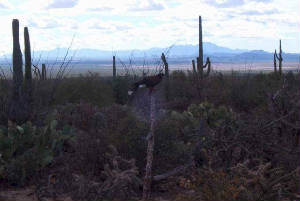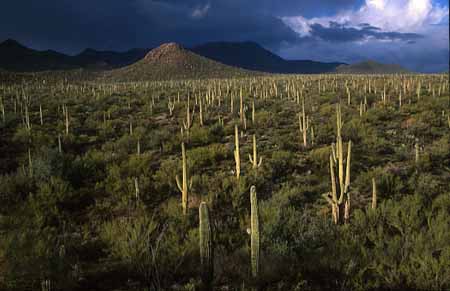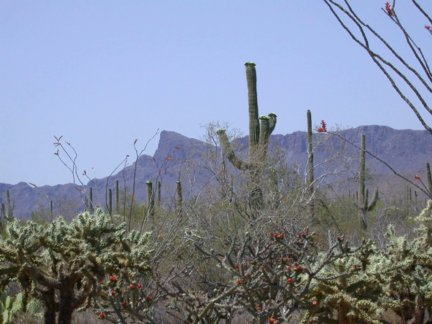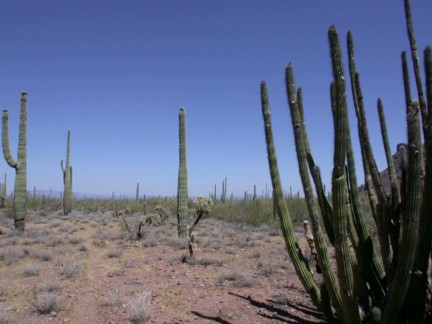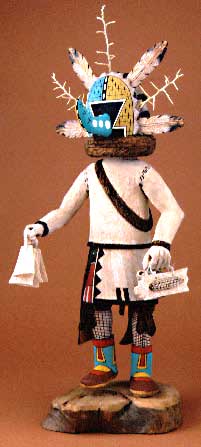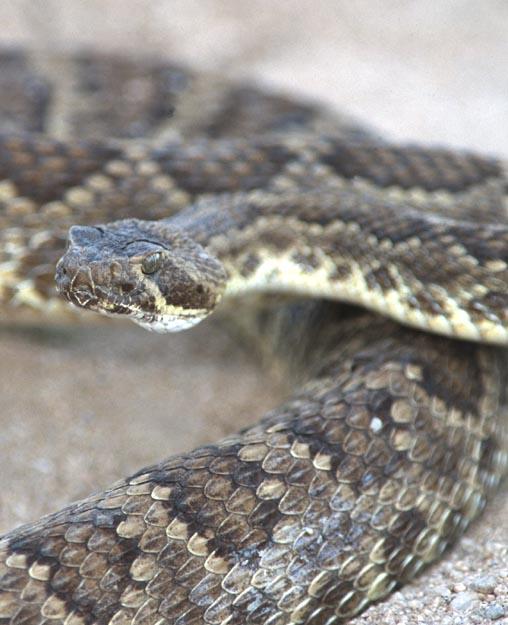
|
PARADISE VALLEY, ARIZONA |
|
This is my personal website about Paradise
Valley, Arizona. The picture above the map is Paradise Valley in the distance. This is a land of rare Sonoran beauty with
open desert and wildlife. We weren't plagued with the big city rules, codes and guidelines back then. We were just a community
of good folks trying to make a life in the valley. This Valley was called many names ... "The
valley of gold","The valley of the Gods", "Heaven's Gateway", "Cactus Valley" and other descriptive phrases about this enchanted
Valley of Paradise. The valley boundaries back in 1953 went north to the town of Cavecreek, East to Scottsdale road and lower
areas of the Pinnacle Peak area, West to 19th Avenue, and South to Shea Boulevard, that just about covered the areas of Paradise
Valley back then. When I lived in Paradise valley in 1953, early
settlers made it their home and that it was a valley few people had the privilege to experience. It is located approximately
fourteen miles north of the city of Phoenix. Paradise Valley has quite an exciting history behind
it that few people know. Growing up in the Valley I learned about the Native American cultures, there way of life and
that I have always respected the Native American Indian people for the rough road they have encountered through the years, and
that it is a miracle that most survived! They are a great people who have learned so much from there hardships.
I will always remember the Valley for
all it had taught me. I created this website for the benefit of my parents, sisters, family, internet visitors, friends
I grew up with and for those people who lived in the valley years ago. I hope you enjoy your visit here.
If you have any questions, please contact me at: jimspolice@yahoo.com
Difficulty: Average Time Required: Not much, I hope 1. Don't know if it was a rattlesnake bite? Look for symptoms--fang marks, pain, swelling, nausea,
weakness, rubbery taste in the mouth, black and blue discoloration of the bitten area within a few hours. 2. Wash the rattlesnake bite with soap and water. 3. Keep the bitten area still. You can immobilize the area with an improvised splint made from
a board, magazines, or other stiff material tied to the limb. Don't tie it too tight---you don't want to reduce blood flow. 4. Keep the area of the rattlesnake bite lower than the heart. 5. Place a constricting bandage between the rattlesnake bite and the heart, as near as possible
to the bite. 6. The constriction should be loose enough to permit a finger to be inserted between the constricted
extremity and the bandage. 7. Go to a hospital immediately. 8. If you cannot get to a hospital, call the Arizona Poison Control and Drug Information Center
at 1-800-362-0101 immediately. I was never bitten by a rattler but did get a nasty bite from a Coach Whip snake. They look very similar to the rattlesnake. There
bite isn't poisonous but their bite is just as painful.
ARIZONA INDIAN TRIBES * by a Nation's name means there's websites by or about
Text, maps and graphics copyright -- Paula Giese, 1996. except where
elsewhere attributed. CREDITS:The "putting the Indian Sign on North America"
map-graphic was originally designed by Akwesasne Mohawk Jim Berenholz in 1976. It's half of a black and white poster for Awkesasne
Notes "Bicentennial". The original also has South America (as does my big AIM poster). In 1993, I spent about 3 weeks tracing
this (from an old issue of Notes). I colored it in FreeHand and it was a poster for the AIM 25th anniversary and International
Indigenous Peoples' Summit meeting then. I've made some changes in the "signs", to suit the low-rez web, and my desire to
animate all parts of RedMap. Additional anis will be done one at a time, to celebrate the completion of major jobs of tribal
info-on-line in the tribes-by-statemaps section here. Now pl;aying on the RedMap: "Raven Eats the Impossible Star," a trad
legends I made up for the occasion of the ani. Last Updated: 5/27/97
|
| Home | Pictures | More Pictures | Favorite Links | Contact Me | ARIZONA KACHINA DOLLS |
